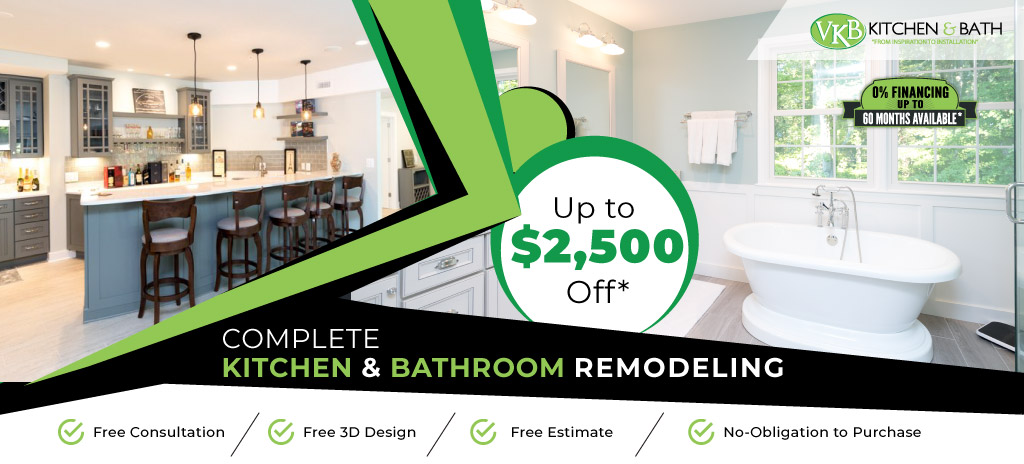Many people do not think about the types or amount of lights that they put in their bathroom. They find a fixture that looks great and that is the option they choose. However, there should be a lot more thinking that goes into the decision-making process. You want to make sure that you have the right amount and the right kinds of lights for the different areas of the bathroom. Before running out to the local do-it-yourself shop and buying the first lighting fixture you see, take the time to learn the rules of bathroom lighting.
Vanity Lighting Rules
One area of your bathroom that needs specific attention is the vanity. Most people have a mirror on the wall above the sink that they use for putting on makeup, shaving, and other personal hygiene tasks. You want the appropriate amount of light to help you see to conduct these tasks. It is recommended that you use strip lights, globe lights, or wall sconces in this are. However, wall sconces are only recommended when you have a smaller mirror, as with larger mirrors the sconces are too far apart to light the area completely. Talk with a lighting designer to make sure that the lighting fixtures you are choosing will not create shadows on the face, which can make it difficult to see.

General Lighting Rules
As a standard, you want at least one watt of incandescent light for every square foot of space that you have in the bathroom. However, if you are using indirect lighting, recessed lighting, or your bathroom is on the dark side, you will want to increase this by at least half, maybe even 100%. In addition, if your bathroom is relatively large, you will want to use at least two overhead light fixtures. You want to make sure you have one near the tub or shower, as well as the remaining opens space in the bathroom. You may also want to consider adding ambient lighting near the toilet, especially if you spend time reading in the bathroom.
Over the Shower/Tub Lighting Rules
Taking a shower is an event in which you want to see what it is you are doing, especially if you tend to shave in the shower – you want to make sure you are not missing anything. This is what makes overhead lighting in the shower or above the tub so important. Your best option here is a recessed light. However, it is VERY important that you have an electrician install this lighting as you want to make sure that all wires are up to code and are completely tucked away as they are in a wet area that could cause electrocution or fire. It is also a good idea that these types of lights are on their own switch, so that they are only on when needed.
Accent Lighting Rules
Another type of lighting you will want to consider is referred to as accent lighting. This is the type of lighting you install – or better yet have installed by a professional – to illuminate art work on your walls. It helps to add an additional layer of lighting in the bathroom that will help keep shadows or dark areas from appearing on a regular basis.
Other Bathroom Lighting Rules to Consider
There are a few other things you want to think about when lighting your bathroom. The first is the type of bulbs you choose. It is important that you opt for crisp white lights, as this will help keep the skin from appearing a different shade that it is. This is particularly beneficial for those applying makeup on a regular basis.
You should also think about using dimmer switches. These will allow you or your guests to control how much light is in a certain area. For instance, you might want a bright light over the shower on some days, but if you really want to relax, but still need a little light, you have the option to dim the light above the shower. In addition, dimmer switches help to conserve energy, which is an added benefit in a ‘green’ society.
Although listed last, safety is the first consideration you should have. It was touched on a little bit when the overhead shower lighting was discussed, but should always be at the forefront of your thoughts and discussion on bathroom lighting. This is one area that you should have the electrician install your lighting in your home. This will ensure that all wiring is done to building code standards, and that the risk for electrocution and fire is minimized, and that the proper equipment is used.
You have now learned the basic rules of bathroom lighting. Take the time to discuss your lighting wants and needs with a lighting designer to ensure that the proper lights are placed in the proper locations throughout the space. Remember, safety is just as important as style, so be sure to hire an electrician to ensure that your lighting design will last as long as the newly remodeled bathroom design.



